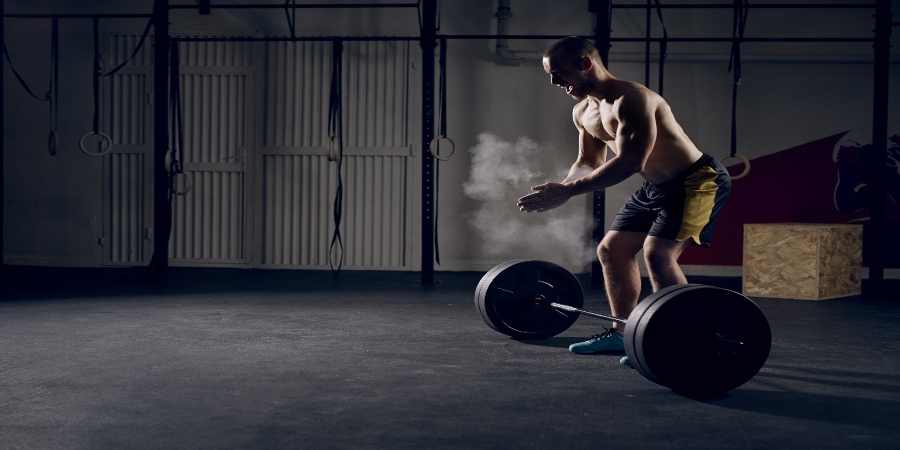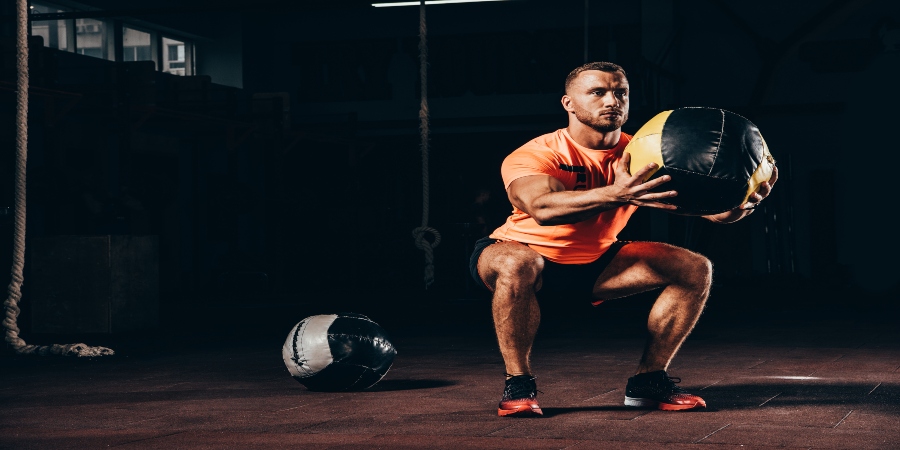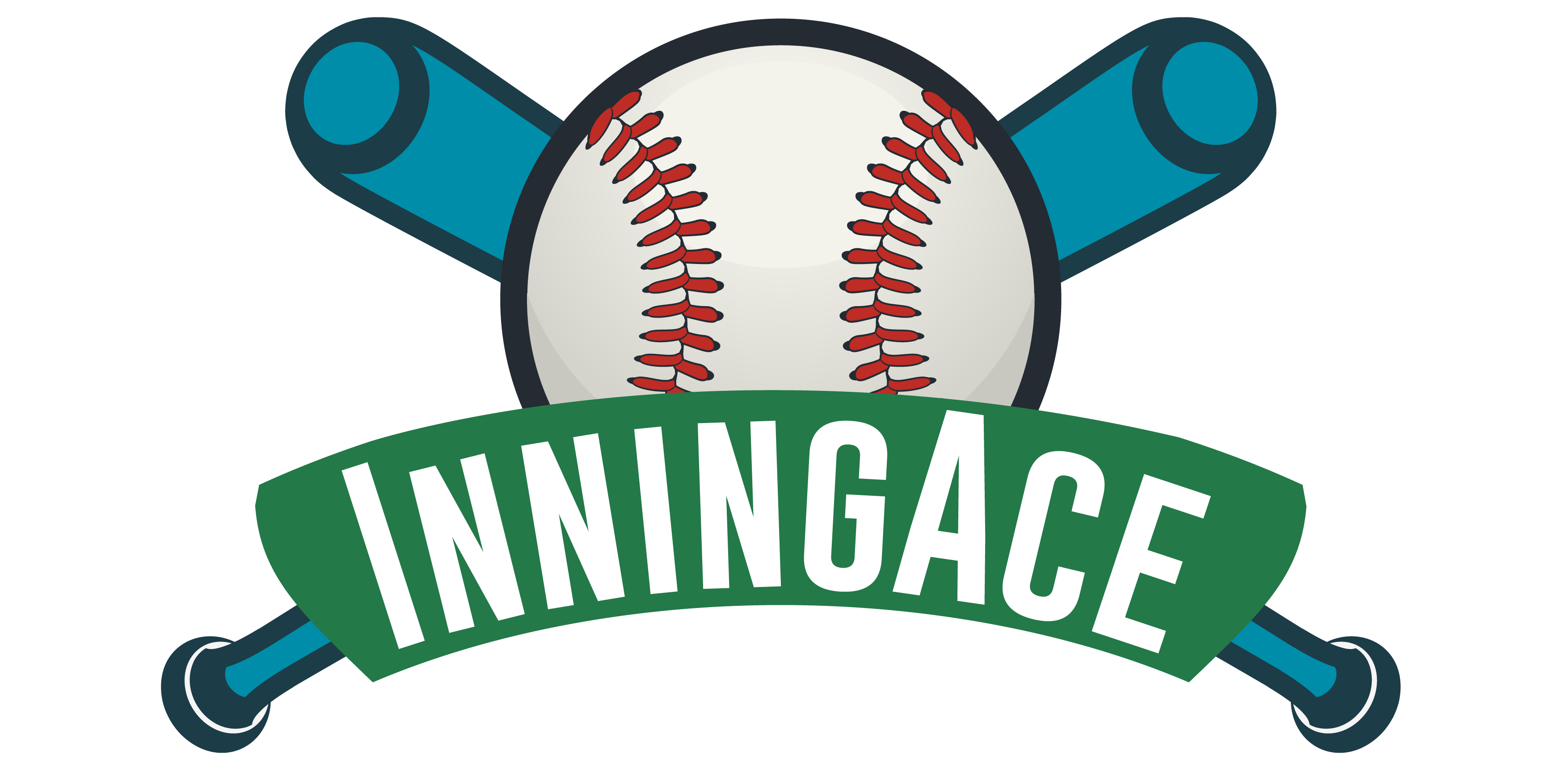It is common knowledge that baseball exercises often follow agility and speed training programs, however not many people are aware that weight training is essential for a player’s development. Highly effective at increasing muscle strength, power, and overall fitness, lifting weights or using a medicine ball must be done strategically throughout the baseball season, to avoid causing stress and injury to the body.
Baseball players need to exert maximum power when pitching, running and batting. They require intense stamina to sustain such movements, and following an effective weight training program can ensure that they reach their maximum potential as an athlete.

Essential Baseball Exercises
These baseball workouts have been selected as they cover the most used and important muscles which need constant, repetitive training. It is key for players to have a balanced workout, as well as maintaining an even distribution of muscle weight and stamina.
Focusing on upper and lower body exercises in a structured program will show continuous improvement in any player, as long as they execute the training exercises correctly.
Some training programs incorporate the use of a medicine ball, which is great for developing power and strength from the lower to upper body. With varying weights, the medicine ball can be added to a drill to increase challenge, promote core stability and decrease chance of injury when rotating.
Baseball Workout at Home!
Front Squat
The front squat focuses on strengthening the quads rather than the glutes (back squats are more suited for this area). The front squat is a great addition to any strength training program as not only does it increase leg muscle, it also challenges the lower back to stay straight and maintain the torso position.
Barbell Hip Thrust
This glute exercise is used in baseball training to improve power, speed, and strength, as well as developing hip extension.
To execute a barbell hip thrust, follow these steps and take caution when positioning the bar:
Check Out the Right Way to Do Barbell Hip Thrust:
Blackburns
Blackburns target the shoulders and elbows, helping pitchers with their throwing abilities. Strengthening this area also decreases the risk of injury so it is useful to include in any strength training program.
Pallof Press
The pallof press stabilizes the core, and increases power, strength, and functional fitness in baseball players. This type of training also improves muscular endurance, making it a key component of any strength training program.
Pallof Press Tutorial:
Front Lunge
The front lunge is a functional movement that targets the quads, glutes, and hamstrings. If mixed with side lunges, it will not only power and strengthen the leg muscles, but also help agility when changing and moving direction.
To currently perform a lunge:
Lateral Sled Drag
The lateral sled drag is highly effective at building strength and power in the core of the body. Similar to a pallof press, this type of training is useful for training lateral movement. It also works the hip’s internal/external rotation component and leg muscles.
When performing the lateral sled drag, it is important to keep moving, otherwise you will lose momentum and hamper the effectiveness of the drill.
Quick Lateral Sled Drag Demo:
Farmer’s Walks
Farmers’ walks primarily benefit a baseball player by developing and strengthening a strong core brace, which supports the spine. As well as strengthening your shoulders, upper back, biceps, triceps, and forearm muscles, the farmers’ walk also works out your lower body, including the glutes, quadriceps, hamstrings, and calf muscles.
How to Perform the Farmer’s Walk:
Strategy for an Effective Weight Training Program
To create an effective, challenging, and balanced baseball weight training program, there are a few factors that need to be considered.
First, decide on the type of weight lifting exercises that will be included, and work out how many sets and repetitions will be completed for each exercise. Keep in mind that the goal is to increase muscle mass whilst also getting the heart beating to burn energy.
Once this stage has been established, work out how much weight can actually be lifted and sustained, as it is highly counterproductive to handle weights that are too heavy. This can result in serious damage; injuries like muscle tears can take a long time to heal.
It is important to be clear on the zones of the body which need to be strengthened, and then incorporate weight training exercises that will target those muscles. Focus on both the upper and lower body; the legs are just as important as having strength in the arms. Some exercises, like the front squat, are great at mixing weight training with core strengthening benefits.
Build Upper Body Strength
The repetitiveness of pitching can put a lot of stress and burden on the shoulders, arm joints, and muscles. Building upper body strength in baseball players is key as they need strong forearms and wrists, especially when executing pitches with precision. Most fielders and catchers will benefit from having strong shoulders, which increases their accuracy when throwing.
An upper body strength training program will also help players avoid injury, by keeping their ligaments, muscles, and joints as strong as possible. Some simple workouts, if done correctly, can positively train the muscles and increase an athlete’s performance.
Check Out This Exciting Video:
Dumbbell Curl
The dumbbell curl is a great way to strengthen the muscles which are used when the elbows are flexed. Not only are the biceps needed for carrying weight, but they also provide stabilization when using the arms for any type of movement.
Barbell Curl
This type of pull exercise is aimed mainly at the biceps, but also works the muscles in the shoulders and forearms.
Bench Press
The bench press is one of the most effective methods of gaining upper body strength and power, especially in the chest, shoulders, and triceps.
Barbell Row
The barbell row is used to strengthen the muscles in the upper and lower back, arms and hips. To properly execute the barbell row, follow these steps:
Learn the Truth About Barbell Rows
Building Leg Strength
Strength training programs would be useless if legs were not a focus as much as upper body strength, especially when performed for baseball training drills. Legs are essential in pitching, as they provide velocity, and as pitchers perform close to 100 pitches a game, having muscular endurance is greatly needed.
There are a number of strength training exercises that incorporate weight training as well. The front squat, alongside deadlifts and calf workouts, is a great way to increase power in the leg muscles as well as strengthening the ligaments and joints.

Squats
The squat is a common leg work-out used for many purposes. Squats are used to strengthen and build muscles in the thighs, buttocks, hamstrings, and hips, as well as strengthening ligaments and bones. Baseball players can also benefit from the improved core strength, ankle mobility, and stability that come with squatting.
Proper Form
Although squats can be done with or without a barbell, the use of one increases the intensity of the exercise, and will force the athlete to improve on their core balance and endurance. In comparison to the front squat, the bar should be placed one behind the shoulders instead of in front.
To Know More About Squats and Deadlifts, Watch This Video:
Deadlifts
Deadlifts are a useful exercise to work the thighs and hamstrings, in addition to the hips, arms, and forearms. Your back muscles work to keep the spine neutral, however, the legs are the key component in this exercise. Deadlifts work by lifting a loaded barbell up to hip level from the ground, and slowly lowering it down to the ground again.
Proper Form
It isn’t advised to perform squats and deadlifts on consecutive days as the same muscle groups are worked with both, so some rest is required between these two lifts.
Lower Body Baseball Training
Calf Raises
Calf raises are a simple yet effective way to strengthen the calf. The use of dumbbells can be incorporated to increase the challenge of the exercise and increase pressure on the calf.
Leg Extensions
Leg extensions are a great way to target the quadriceps, the largest muscles based at the front of the thighs. To develop more balance in the legs, as most athletes exercise the hamstrings but forget the quads, leg extensions can strengthen the overall thigh.
In Season Baseball Weight Training
Weight training during the baseball season needs to be undertaken with caution, as the intensity can cause injury when players are already under stress from throwing and hitting all week. For this reason, players shouldn’t focus on adding too much strength and power during the baseball season, instead, they should focus on a program that maintains their current state of strength.
With that being said, giving up weight training completely isn’t required, rather an altered, well-spaced program should be followed which doesn’t put all the previously hard work to waste. Varying the strength and weight exercises with regular training and practice will keep the muscles engaged, challenged, and ready to be worked hard during games.
When preparing for the next baseball season, it is also important to take time on preparing the equipment to be used. Several brands offer their own unique features, so it’s crucial to know what to look for when searching for any type of equipment, from the best baseball scorebook to the best pitching machine.
Video for Complete In-Season Baseball Workout:
FAQs
Do MLB Players Lift Weights?
Giancarlo Stanton and Robinson Canto are just two examples of the many MLB players who lift weights. It is essential for athletes to maintain core strength, muscle power, and durability. The positions in baseball force players to exert themselves, pushing their muscles to the maximum, and a strength training program can help increase power and endurance.
Should Baseball Players Lift Weights During Season?
Baseball players must continue lifting during the season, otherwise, they would lose a lot of the hard work put in during the off-season. However, the lifting program followed should be adapted to take into consideration fatigue and the possibility of injury as players may over-exert themselves if they lift too much whilst competing.
How Do You Lift Weights for Baseball?
Focus on lifting exercises that train the core muscles needed for baseball. An effective program will provide a comprehensive set of drills that strengthen the upper and lower body, whilst also increasing core body strength in athletes. Weights or a medicine ball can be added to increase the challenge of standard exercises such as squats and hip thrusts.
Updated on
